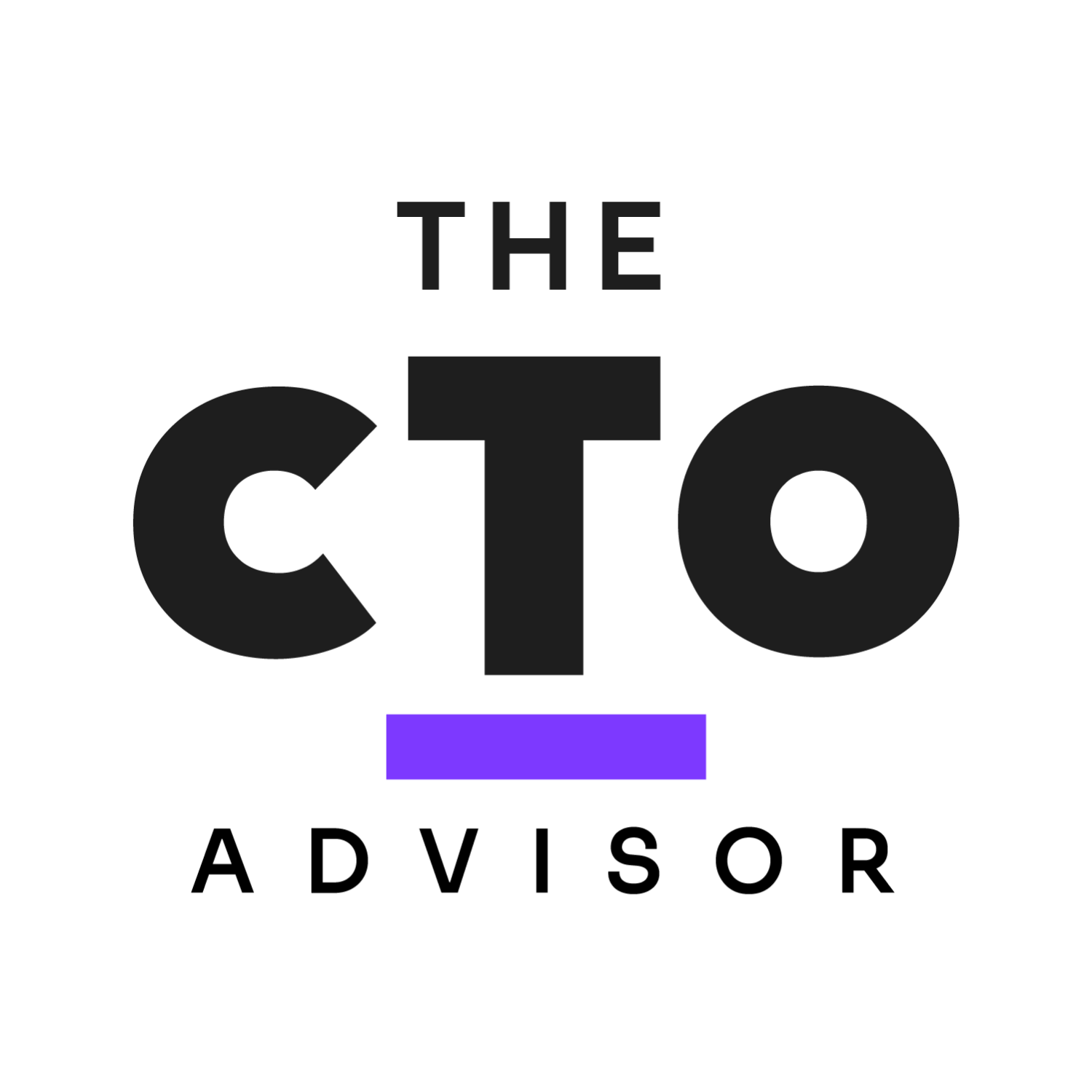SaaS has become integral to modern business operations, offering flexibility, scalability, and cost savings. While SaaS solutions have helped organizations manage their workflows and data, they can also pose significant risks to companies.
On average, a typical enterprise might employ between 1500 and 3000 distinct SaaS applications. This SaaS bloat is primarily propelled by "business-led IT," where a specific business unit adopts an application without undergoing formal IT procurement procedures.
Compliance is Key
One of our customers recently discovered over 3x the number of SaaS apps they thought they had. These undiscovered and unmanaged SaaS apps created a security vulnerability with their SOC 2 compliance. The visibility they gained closed this security gap efficiently and effectively.
Employees often sidestep official processes and use unauthorized cloud apps, which can lead to a variety of risks, including:
- Security Concerns: New SaaS apps increase security challenges, risking data breaches with insecure choices.
- Cost Implications: SaaS sprawl boosts spending, which can complicate budgeting.
- Compliance Issues: Ignoring regulations leads to penalties, lawsuits, and reputation damage.
- Shadow IT: Unchecked SaaS use hides risks from IT, which can foster shadow IT.
- Data Management: SaaS sprawl hampers data control, complicating access and exposure management, which can foster run-away costs and security gaps.
- Operational Inefficiencies: Operational inefficiencies often lead to redundant applications within the same category, such as multiple project management apps, wasting resources, and fostering app duplication.
- Access Management: Fragmented access causes security risks due to the presence of unsanctioned apps, over-privileged users, and manual, error-prone user deprovisioning
- Access Reviews: Manual reviews, inaccurate user and permission lists increase audit complexity and introduce security vulnerabilities
SaaS Stack Best Practices
A few of the best practices that can help businesses effectively manage their SaaS stack and shadow IT are:
- Utilize AI-powered SaaS management tools that automate manual processes for access management and reviews
- Provide visibility so IT can establish a list of approved applications to prevent duplication and waste,
- Educate employees on the risks of unauthorized apps and provide training on their usage, and
- Implement regular audits of its SaaS applications.
If unmanaged, SaaS sprawl can pose financial risks, including overspending on licenses, duplication of apps, and penalties for non-compliance.
Additionally, security risks from SaaS sprawl can arise from human error, malware, software vulnerabilities, insider threats, and inadequate controls, necessitating training, monitoring, and implementation of security measures.
According to Gartner, more than 90% of employees who admitted to engaging in insecure work actions knew it would increase risk to the organization. SaaS vendors can also pose risks by potentially exposing sensitive data.
Find your tool.
What kind of software are you interested in?
Find your {{category_name}} Software.
Looking for another kind of software? Go back
Use Case
Home Depot recently disclosed that a software vendor suffered a data breach that compromised 10,000 employees. To mitigate these risks, IT teams should conduct vendor security assessments, include specific data security provisions in contracts, and proactively manage third-party risks through monitoring and compliance measures.
Establishing clear security policies, leveraging tech solutions, prioritizing the user experience, and staying vigilant about vendor management can help companies to effectively use SaaS applications while safeguarding data, optimizing spending, and boosting productivity.
The Road to SaaS Harmony
SaaS offers undeniable advantages, but without proper management, it can morph from a productivity booster into a security nightmare. By implementing the best practices outlined above, you can regain control of your SaaS sprawl, bolster security, optimize costs, and ensure compliance. Remember, a well-managed SaaS stack empowers your business with agility and innovation.
Ready to take the first step towards SaaS harmony? Subscribe to The CTO Club's Newsletter for practical tips and the latest industry trends on managing your cloud applications. We'll help you unlock the full potential of cloud-based solutions for your business.







